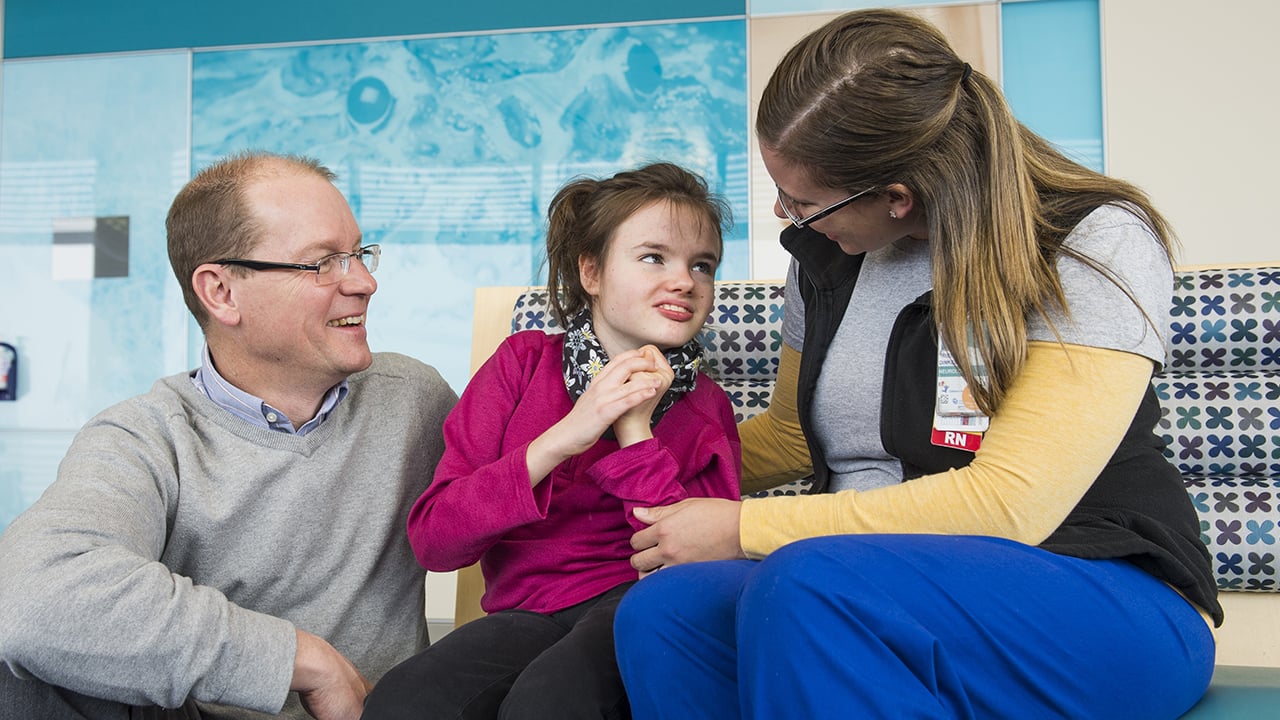
DiYES International School – Rett Syndrome’s earliest signs often go unnoticed. Many children appear to grow normally during the first few months of life. Parents often feel relieved watching their baby smile, sit, and babble just like any other child. However, somewhere between six to eighteen months, something starts to change. The development that once seemed promising begins to stall or even regress. A child who once held toys or made eye contact might suddenly stop doing so. Movements become repetitive and awkward. Hand-wringing is one of the most recognizable signs. These shifts can be heartbreaking for families who thought their child was on a healthy path. Early detection is essential, yet many families spend months searching for answers. Pediatricians and neurologists are often consulted. Awareness about these initial changes remains key to supporting families and opening doors to better intervention.
Children affected by Rett Syndrome’s progression may suddenly lose abilities they had already mastered. Speech may disappear without warning. A child who could say simple words may go silent. Walking might become difficult or impossible. They may develop repetitive hand motions such as clapping, rubbing, or wringing. Breathing irregularities like rapid breathing or breath-holding can also appear. Some children experience seizures. Others struggle with coordination. Growth in head size may slow dramatically. These symptoms do not always appear in the same order or intensity, which makes diagnosis challenging. Medical professionals rely on clinical evaluations and genetic testing to confirm the condition. Support from family and specialized care teams becomes crucial. Without early guidance, caregivers may feel overwhelmed. Recognizing these core signs gives families and doctors a better chance to provide care and plan treatment.
Rett Syndrome traces back to a mutation in the MECP2 gene. This gene plays a vital role in brain development and function. It mainly affects girls because the MECP2 gene is located on the X chromosome. Boys born with the mutation often do not survive infancy. In girls, one X chromosome can sometimes help compensate for the faulty one. The mutation usually occurs randomly and is not inherited from parents. As research advances, scientists continue to explore how this mutation leads to the wide range of symptoms. The brain’s ability to transmit signals becomes impaired. This dysfunction affects motor control, communication, and behavior. Understanding the genetic origin helps families make sense of the condition. Research on treatments focuses on gene therapy and ways to boost the brain’s resilience. Awareness about this genetic link offers hope for earlier diagnosis and better medical interventions.
“Read more: Is Koi Dessert Worth the Hype? We Tasted Everything to Find Out”
Life with Rett Syndrome demands daily patience and strength. Simple routines like feeding, dressing, and bathing can become complicated. Children often need help with every aspect of care. Many require wheelchairs, communication aids, and frequent medical visits. Families must adapt their homes and lifestyles. Emotional stress weighs heavily on parents and caregivers. Watching a child lose milestones is painful. Support networks, both online and in-person, play a huge role in helping families cope. Despite the difficulties, many families find joy in small victories. A smile or a shared moment can mean everything. Therapies such as speech, physical, and occupational support help improve quality of life. Schools and communities that offer inclusive programs also make a difference. With the right resources, children with Rett Syndrome can still experience fulfilling lives surrounded by love and understanding.
Scientists around the world continue to search for effective treatments for Rett Syndrome. Advances in genetics offer hope that one day the condition may be reversible. Clinical trials are testing gene therapy, medications, and other therapies to restore lost functions. Organizations dedicated to Rett Syndrome fund research and raise awareness. Families, researchers, and advocates work together to push for faster progress. Governments are being urged to increase funding for rare diseases. Events like awareness walks, social media campaigns, and medical conferences help bring global attention to the condition. More education about Rett Syndrome leads to earlier diagnosis and better care plans. Collaboration between medical professionals and families ensures that children receive personalized support. With time, resources, and dedication, the outlook for those affected by Rett Syndrome continues to improve.